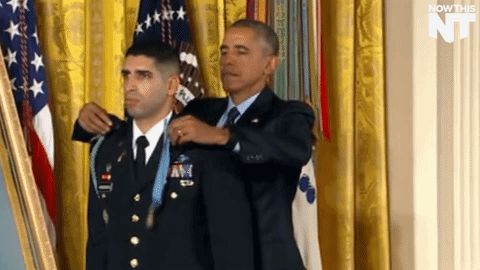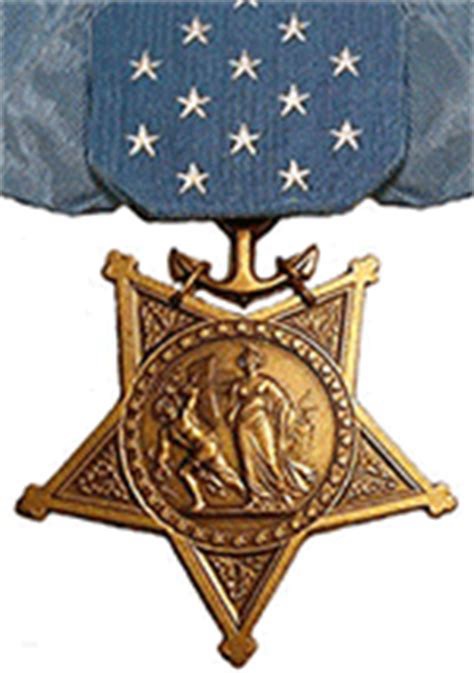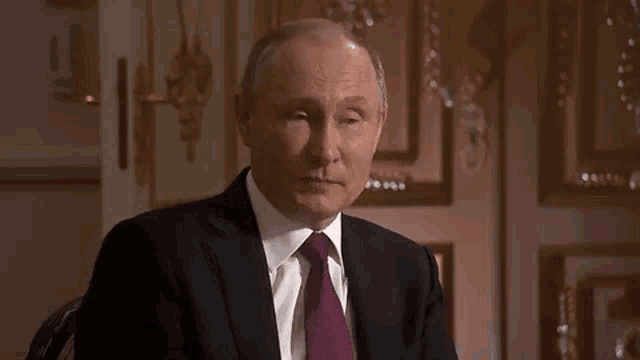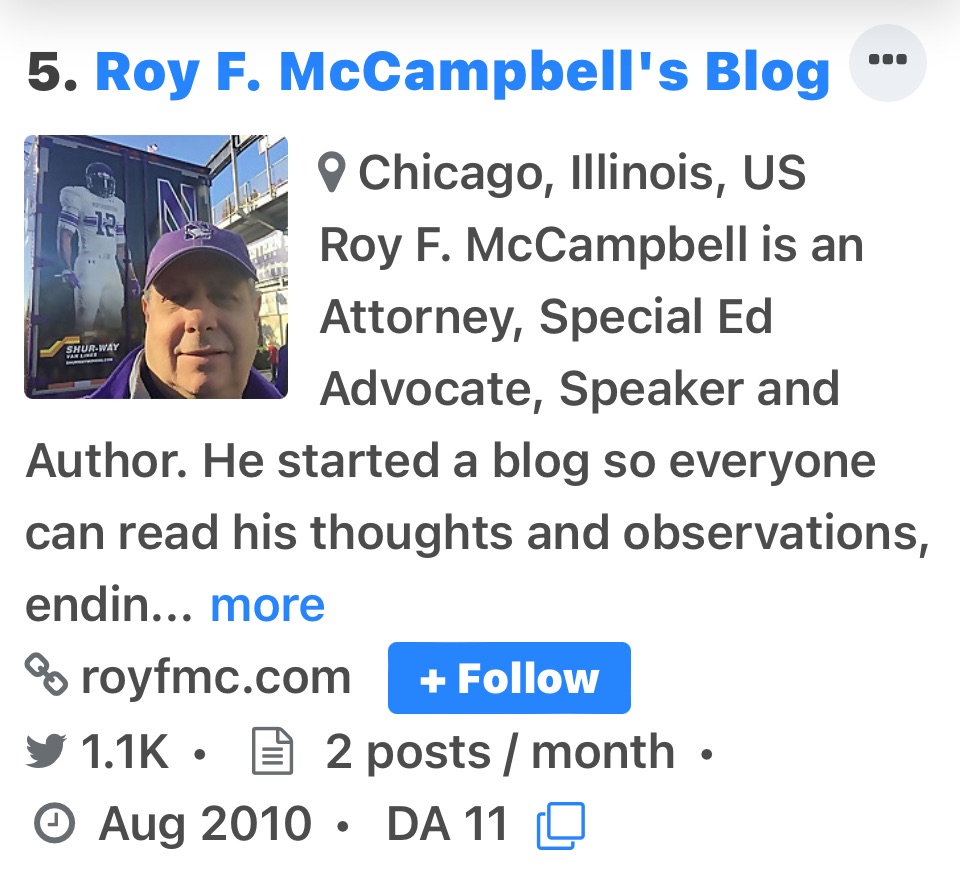More than 3,400 servicemen have been awarded America’s highest decoration since it was established 150 years ago. Here are some other fascinating and lesser-known details of the Medal of Honor.

America had almost no history of granting military citations for bravery prior to the outbreak of the Civil War. In fact, when a senior War Department official first suggested such a decoration in the opening months of the conflict, the Union army’s top general at the time, Winfield Scott, vetoed the idea arguing that such awards were un-American. After the aging general stepped down, navy secretary Gideon Welles revived the concept. President Lincoln also approved and the Medal of Honor was born.
The federal mint in Philadelphia struck the first 175 of the iconic bronze, inverted-star citations for the U.S. Navy. In early 1862, the award was widened to include army gallantry — 2,000 additional medals were soon ordered. Originally, the award was reserved for enlisted personnel and non-commissioned officers only, but in 1863, eligibility was expanded to include officers.

The first Medals of Honor ever awardedwent to six survivors of the Andrews’ Raidon March 25, 1863. The band of Union volunteers were famous for commandeering a rebel train in 1862 and driving it north across Georgia and into Tennessee ahead of pursuing Confederate cavalry while sabotaging railroad tracks and telegraph lines en route.
The Medal of Honor was the U.S. military’s only citation during the Civil War. More than 1,500 were handed out in the conflict — nearly half of all ever awarded. By way of comparison, a total of 124 were bestowed during World War One, while 464 were offered during the Second World War. Korea and Vietnam vets won 136 and 247 Medals of Honor respectively. The balance were distributed for outstanding conduct during various American military operations throughout the 19th, 20th and 21st centuries.
The Medal of Honor is awarded by the president in the name of the U.S. Congress. As of 1963, only American military personnel engaged in combat against an enemy of the United States are eligible for the decoration, and only then if the individual has “distinguished himself conspicuously by gallantry and intrepidity at the risk of his life above and beyond the call of duty.” Recipients can be recommended by superior officers or even nominated by Congress.
Winners of the Medal of Honor are entitledto a number of benefits including: a $1,259 monthly allowance along with a 10 percent military pension bonus, the right to a burial plot at Arlington National Cemetery, a lifetime standing invitation to all presidential inaugurations, various travel perks, permission to wear the medal with civilian clothes after discharge and even salutes from superior officers.
There have been nearly a dozen design variants of the medal since its creation, including one cross-style configuration. To this day, the army, navy and air force bestow different versions of the decoration.
Nineteen recipients have received more than one Medal of Honor. Five of these went to First World War veterans like Matej Kocak. The 35-year-old Slovakian-born marine won both navy and army versions of the citation posthumously for bravery on the Western Front in July, 1917.
Mary Edwards Walker is the only woman to have ever been awarded the decoration. The 39-year-old Oswego, New York native volunteered to serve as a surgeon during the Civil War. She treated the wounded after the battles of Bull Run, Fredericksburg and Chattanooga (and did so without pay!) A staunch abolitionist, Walker even volunteered to spy for the north and was captured by the Confederacy for espionage but later released. She is one of only eight civilians to have won the Medal of Honor.
Other civilian recipients of the citationinclude private scouts and Indian fighters like Billy Dixon, Amos Chapman and Buffalo Bill Cody. All of these civilian medals were later taken back by an act of Congress when more stringent requirements for the honour were established in 1917. Cody’s and Mary Edward Walker’s were restored in 1989 and 1977 respectively.
More than 900 Medals of Honor have been revoked – 864 of these were taken back from members of the 27th Maine regiment. In June of 1863, more than 300 volunteers to the unit were eligible for discharge following the expiration of their enlistment periods. Following entreaties from officers to remain in uniform, the soldiers agreed to stay to defend Washington D.C. during the Battle of Gettysburg in exchange for the coveted decoration. After the crisis, unit commanders were unsure exactly which men were promised medals, so they simply awarded the commendation to the whole company. Another 29 medals were later taken back from the ceremonial guards from President Lincoln’s funeral.
Charles Lindbergh was famously awarded the decoration for his 1927 trans-Atlantic flight. Although a member of the army reserves at the time, many in Congress protested his induction into the order because the aviator’s feat, considerable as it was, wasn’t combat-connected.
More than 800 non-Americans have won the Medal of Honor, including 65 Canadians. One of these recipients, Douglas Munro who served at the Battle of Guadalcanal, was also the first Coastguardsman to earn the medal.










 — Read on
— Read on